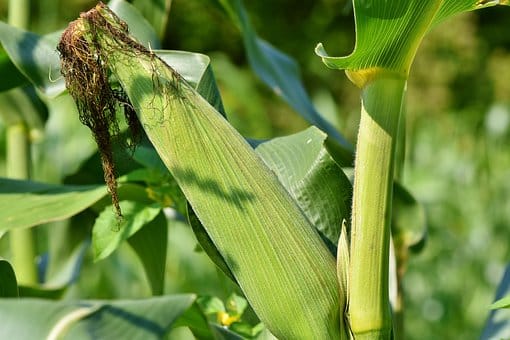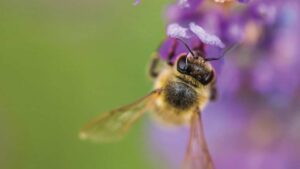Two natural ways to control a major pest of maize roots are opening up ways to reduce pesticide dependence. A small worm living underground and a bacterium are two remedies that can reduce the impact of an unwanted beetle by 20% to 50%, according to recent field tests conducted by biologists from the University of Neuchâtel (UniNE) and from the University of Missouri (USA). Their results are published today in the journal Scientific Reports . This work was part of the National Research Program NRP 68 “Sustainable use of the ground resource” of the Swiss National Science Foundation (SNSF).
Diabrotica virgifera virgifera , the number one pest of corn in North America, devastates crops by attacking the roots of the plant. The cost of this damage on this continent is between one and two billion dollars a year. For several years, the team of Ted Turlings, director of the Laboratory for Basic and Applied Research in Chemical Ecology (FARCE) at UniNE, has been exploring the natural means of fighting this pest, which is also responsible for crop losses in Central Europe. and Eastern approximately 500 million euros per year.
In collaboration with the groups of Christoph Keel at the University of Lausanne and Monika Maurhofer at the ETH Zurich, a postdoctoral fellow at the Neuchâtel laboratory, Geoffrey Jaffuel, tested two beneficial organisms living in the soil that could neutralize the larvae of the unwanted beetle. These are nematodes killers of insects and bacteria useful for the plant. The former are small, tiny worms that infect devastating larvae. The latter consist of bacteria of the genus Pseudomonas , known for insecticidal properties against lepidopteran larvae, as well as for their beneficial effect on the physiology of plants.
Accompanied by his colleagues, the UniNE researcher carried out field trials for three years in Missouri (USA), a region where the pest is particularly present. “Every year, at least every treatment has shown an improvement in the situation with respect to control,” says Geoffrey Jaffuel. In two out of three trials, plots treated with nematodes or bacteria or both, corn had less damaged roots than those from untreated plots. In addition, bacterial treatment significantly reduced the survival of the beetles and their weight was below normal. Finally, the combined effect of nematodes and bacteria on one of the plots helped to increase the harvest during one of the trials.
“Although the effects of these beneficial organisms have varied considerably during the three years, they have always been generally positive for the plant,” say the authors of the article. These leads demonstrate that it is possible to consider effective soil treatment that could replace the use of pesticides and lead to a pest control that respects the principles of sustainability. However, further research is needed to develop an effective and cost-effective enforcement strategy against these pests as it is not currently cheap.
Source: University of Neuchâtel













